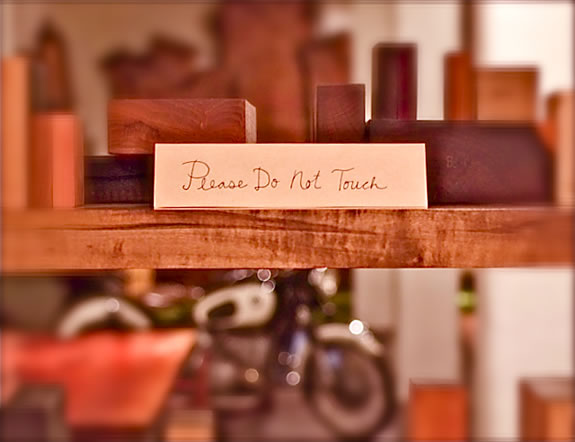
Experience Design, Sensationalism and the Layering of Sensuality
You’re a…sensualist?
You = sybarite?
––––
This from an emailing from
the lexicographical modeling of Visual Thesaurus below,
a word cartographic tool
that plays to motion-mapping the interrelationships of words.
I subscribed to it in Beta because
I have an affinity for tendrils of information —
entwining paths to more.
And more.
To this daily emailing, and this word, I was thinking about the nature of sensation and sensuality, the holistic sensate spiderwebbing of scent, sight, hearing, taste and touch.
sybarite
Those who don’t mind indulging in too much of a good thing are good candidates for this word, which denotes one devoted to gratifying sensual pleasures. Their role models were the denizens of Sybaris, an ancient Greek city in what is now southern Italy.
The point to designing experiences will be about how wholly you, as the designer and strategist for sensate sequencing will embrace the notion of how the senses interplay — the sensuality of it all: whole.
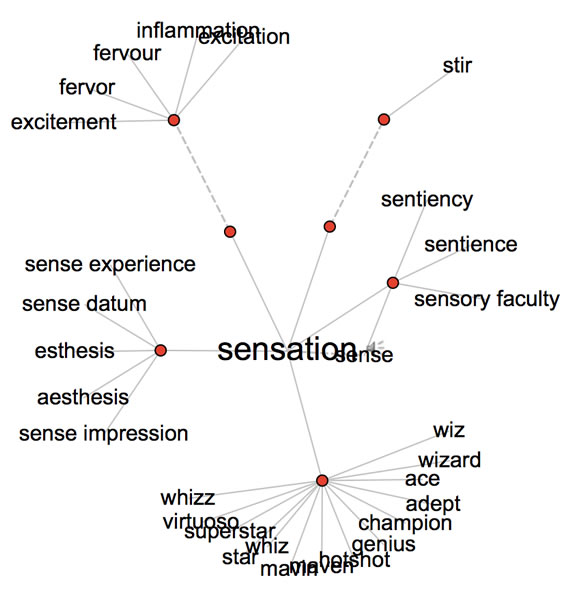
In the past,
in the construct of brand rippling,
the ever-expanding circular rhythm of awareness,
I’ve thought, and written, about
and
all as attributes of that layering of experience in the context of the spherical nature of sensationalism.
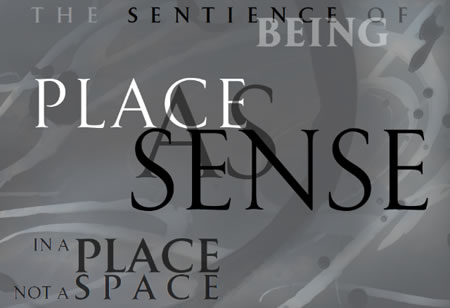
To the modeling of sentience and sense they are inherently two different words in their original etymons — one, sentience, from the Latin, sentire which is, simply “to feel.” While the framing of the historical context of sense, from the Latin, sensus — which, in its most ancient voicing is “to go” — and in later interpretations, it came to gather content
through the centuries of use, which is:
“perception, feeling, undertaking, meaning,”
Ultimately — sense and sentience are two different words, but they both have the deeper seed [PIE: sent] meanings of “feeling.”
If you feel something, you’re going there. And as designers of experiences, it’s precisely that — we’re going somewhere, that new kingdom of sensation and journey — and are our audiences coming along for the ride?
We’ve talked about
You’re not here, now — you’re there, someplace new, you’ve crossed a threshold to a new perception of “place.”
Some people are highly analytical in their relationships to brands — they think-through pricing, value, relevance to need, resonance to holism.
It’s not emotional; it’s dispassionate and remotely committed.
A harder sell. A different set of judgement tools.
“I’m not going to be fooled.”
Others move from a scanning analysis to an emotional connectivity that is almost more psychic to the haunt of desire — the holistic story is embraceable, but it’s not only embraced, then engaged, but finally held as a resonant belief. Others define this as a stature of neurological branding, we’ve commented on that premise. Still, even neurological strategies come back to emotional captivation.
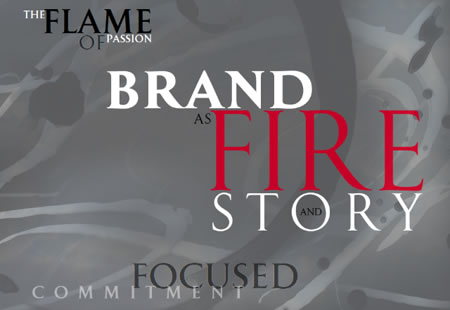
These images,
from a GIRVIN talk at
a Vancouver UnConference on Design Thinking close the premise.
of brand and sensuality.
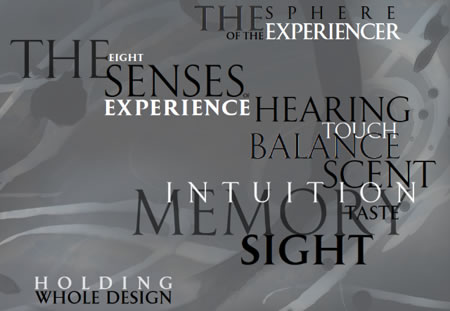
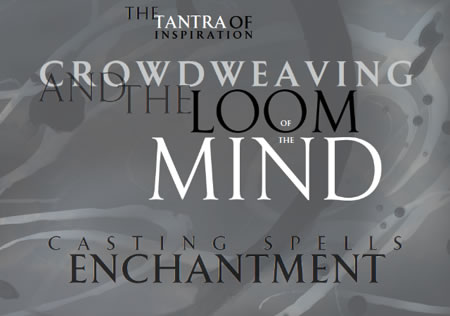
Think experience as an experiencer.
You smell.
You taste.
You hear.
You touch.
You see.
Design like it.
Tim | G I R V I N | Southwest Queen Anne Studios
––––
Rethinking Beauty:
Brand Strategy & Visualization
Girvin BrandJourneys
http://bit.ly/1sSgbOB
work: https://www.girvin.com
truth: https://tim.girvin.com/
reels: http://www.youtube.com/user/GIRVIN888